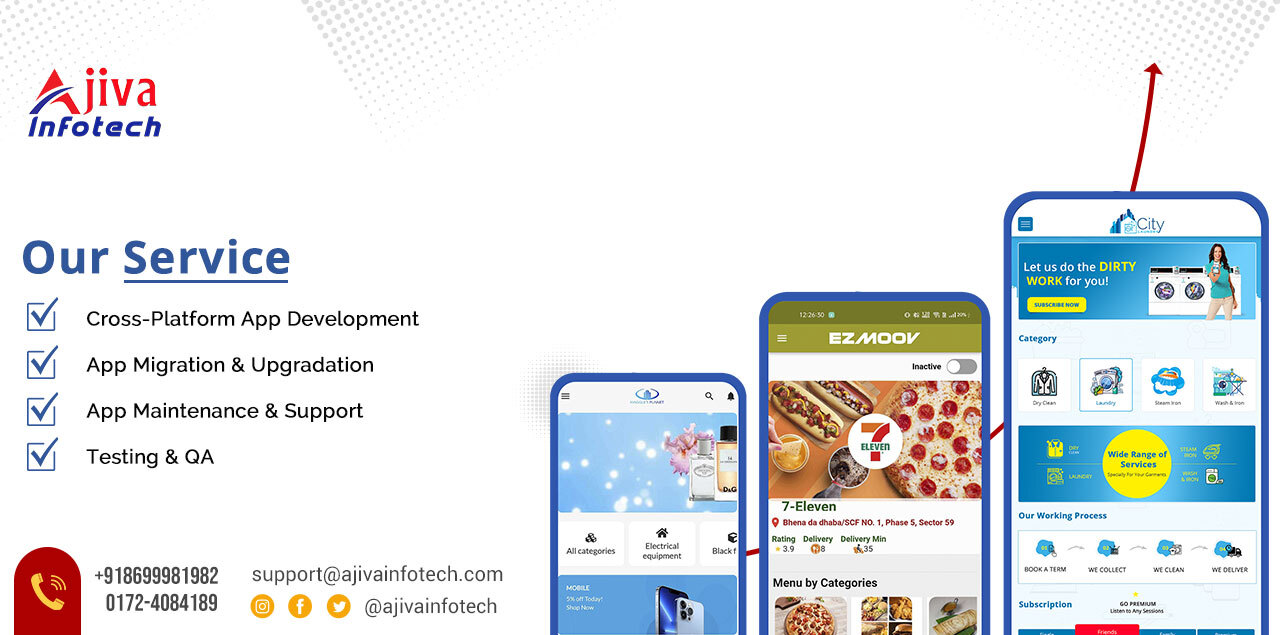Mobile-First Design Strategies for Frontend Developers

In today’s digital landscape, where mobile devices dominate internet usage, adopting a mobile-first approach in frontend development is not just beneficial but essential. This strategy prioritizes designing and coding for mobile devices before scaling up to larger screens, ensuring a seamless user experience across all devices. Here’s how frontend developers can effectively implement mobile-first design strategies:
1. Prioritize Content and User Flow: Start by identifying essential content and functionalities for mobile users. Streamline navigation and prioritize actions that align with user goals to enhance usability.
2. Responsive Layouts with CSS Grids and Flexbox: Utilize CSS Grids and Flexbox to create flexible and responsive layouts that adapt fluidly to different screen sizes. This approach minimizes the need for media queries and simplifies frontend code maintenance.
3. Optimize Performance: Mobile users expect fast-loading websites. Optimize images, minimize HTTP requests, and leverage techniques like lazy loading to improve performance. Use tools like Google PageSpeed Insights to identify and fix performance bottlenecks.
4. Touch-Friendly Design: Design UI elements with touch interactions in mind. Ensure buttons and links are easily tappable and sufficiently spaced to prevent accidental taps. Use touch gestures effectively to enhance user engagement.
5. Progressive Enhancement: Build a solid foundation for mobile devices with basic functionalities. Gradually enhance the experience for larger screens by adding advanced features, ensuring a consistent experience across devices.
6. Test Across Devices and Networks: Test your frontend code rigorously on various mobile devices, operating systems, and network conditions. Use tools like BrowserStack or built-in browser developer tools to simulate different environments and user scenarios.
7. Accessibility Considerations: Implement accessible design practices from the outset. Ensure text is legible, interactive elements are distinguishable, and navigation is intuitive for users with disabilities.
8. Continuous Iteration and Feedback: Gather user feedback and analytics data to iterate and improve your mobile-first design. Monitor user behavior, conversion rates, and usability metrics to make informed design decisions.
By embracing mobile-first design strategies, frontend developers can create responsive, high-performance web applications that cater to today’s mobile-centric audience. This approach not only improves user satisfaction and engagement but also boosts SEO performance by complying with Google’s mobile-first indexing criteria.
For professional frontend development services that prioritize mobile-first design.
Click here The Role of API Integration in Modern CRM Development for more information.





